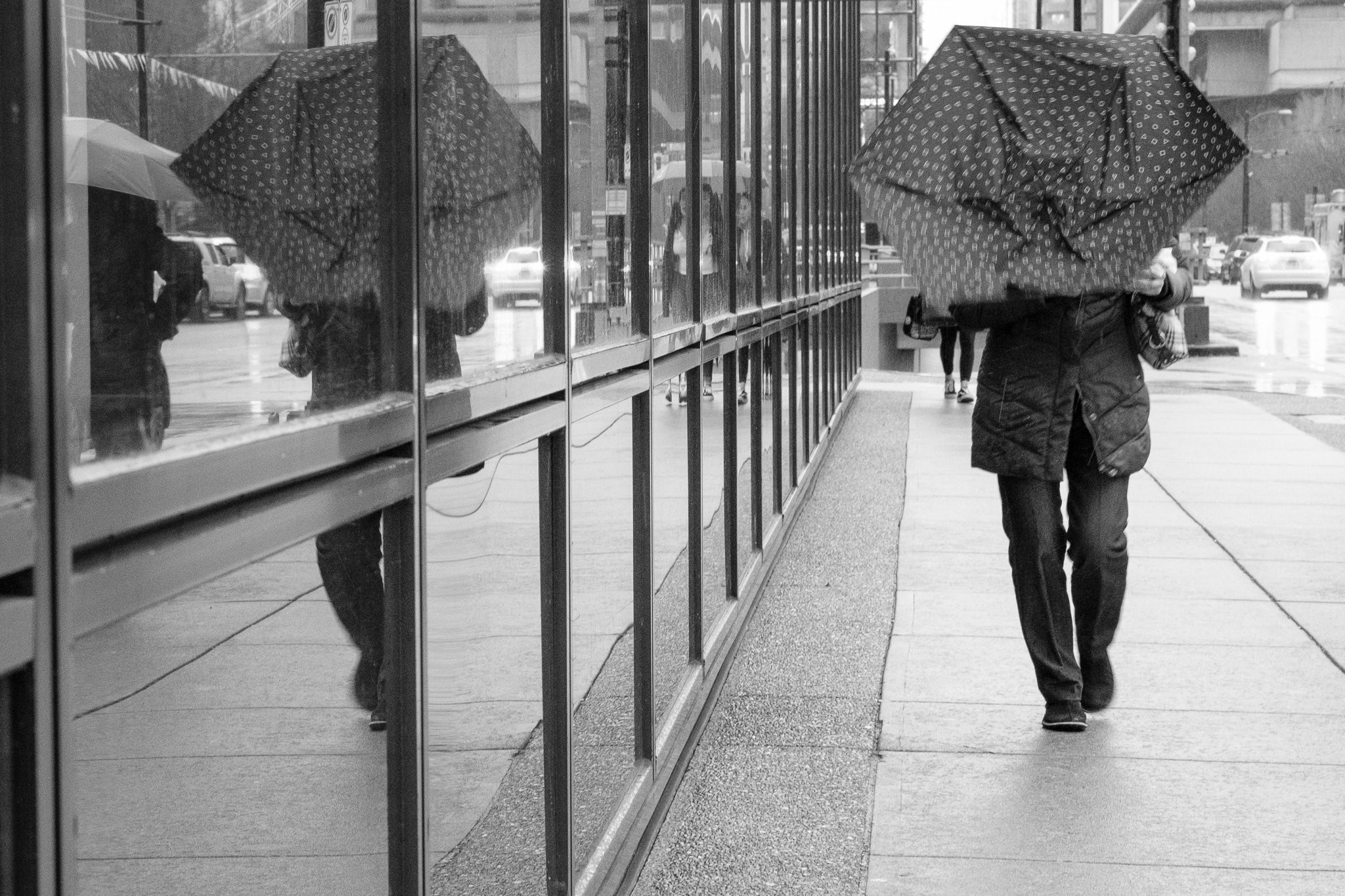Framing Streets - An Overview
Table of ContentsFascination About Framing StreetsThe Ultimate Guide To Framing StreetsFraming Streets Fundamentals ExplainedExcitement About Framing Streets

Both at the Museum of Modern Art (Mo, MA). Inspired by Frank, in the 1960s Garry Winogrand, Lee Friedlander and Joel Meyerowitz began photographing on the streets of New York. Phil Coomes, creating for BBC News in 2013, claimed "For those people thinking about street photography there are a few names that stand out and one of those is Garry Winogrand"; doubter Sean O'Hagan, writing in in 2014, claimed "In the 1960s and 70s, he specified road photography as a mindset along with a style and it has actually laboured in his shadow ever because, so conclusive are his photographs of New York." Going back to the UK in 1965 from the US where he had satisfied Winogrand and taken on road digital photography, Tony Ray-Jones turned a wry eye on commonly surreal collections of British people on their holidays or participating in events.
Road digital photography is a large category that can be defined in numerous ways, however it is usually defined by the spontaneous catching of an unrepeatable, short lived moment, commonly of the everyday going-ons of complete strangers. It is characteristically shot with broader angle lenses (e. g. 35mm) and generally features city settings.
Things about Framing Streets
Documentary photographers typically have a defined, premeditated message and an objective to record certain occasions in history (https://www.storeboard.com/framingstreets). The range of the docudrama strategy incorporates aspects of journalism, art, education and learning, sociology and history. In social investigation, documentary images are typically meant to prompt, or to highlight the need for, social change
Road digital photography is generally seen as unposed and honest, yet there are a few street photographers who communicate with strangers on the streets and take their pictures. Road pictures are unplanned pictures taken of strangers while out doing road photography, nevertheless they are seen as presented since there is communication with the topic.
e. 'honest photography' necessarily) for art functions has actually been controversial. Photographing people and areas in public is lawful in most nations protecting liberty of expression and journalistic freedom. There are usually restrictions on how images of people might be used and most nations have certain legislations pertaining to individuals's privacy.
7 Easy Facts About Framing Streets Shown
The right to privacy is protected by Post 8 of the convention. In the context of photography, it stands up in arms to the Write-up 10 right of civil liberty. Thus, courts will typically think about the general public rate of interest in balancing the rights with the lawful examination of proportionality. While additionally limiting digital photography in order to safeguard personal privacy legal rights, road photography can still be lawful in France when pursued as an art kind under particular situations.

. that simply strayed into a scene), find out here now or that are not also recognizable in the photo. http://dugoutmugs01.unblog.fr/2024/01/10/framing-streets-mastering-the-art-of-street-photography/. It likewise does not generally include people who are somebodies (e. g - copyright Camera. politicians or celebrities). If an image is thought about art, the courts will additionally think about the photographer's flexibility of artistic expression; suggesting that "artistic" street photography can still be legally published in specific cases
The Best Guide To Framing Streets
In Greece the right to take photos and publish them or sell licensing legal rights over them as art or editorial content is safeguarded by the Constitution of Greece (Short article 14 and various other posts) and totally free speech regulations as well as by instance legislation and lawful cases. Photographing the cops and publishing the photographs is likewise legal.
In Hungary, from 15 March 2014 any person taking photographs is practically damaging the law if someone wanders into shot, under a brand-new civil code that bans taking images without the authorization of every person in the picture - Best Zoom Lens. This broadens the law on consent to include the taking of pictures, along with their magazine
'Hidden digital photography' (kakushidori hidden, surreptitious digital photography) 'taken digital photography' (nusumitori without any intention of getting permission) and "fast photography' (hayayori before permission and refusal can be offered) are prohibited unless in the previous authorization is obtained from the subject promptly after taking the image. People have legal rights to their images (shzken, droit de image).